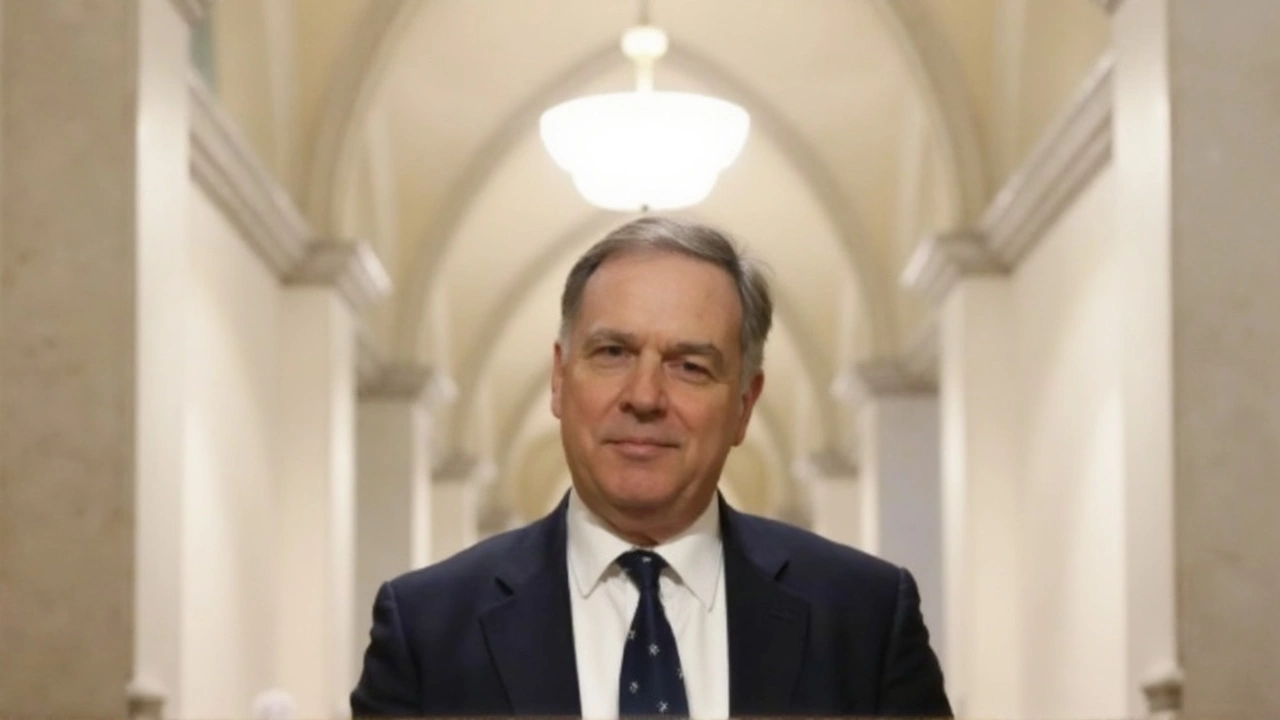Interest Rates Explained: Simple Answers for Everyday Money
If you’ve ever wondered why your mortgage payment jumps or why a savings account barely earns anything, the answer lies in interest rates. They affect everything from the cost of a car loan to the return on a savings account. In this guide we’ll break down what interest rates are, why they move, and how you can use that knowledge to make better financial choices.
What Exactly Is an Interest Rate?
An interest rate is the percentage a lender charges you for borrowing money, or the percentage a bank pays you for keeping money on deposit. Think of it as the price of using cash that isn’t yours. When you take out a personal loan, the lender adds interest to the amount you owe, so you repay more than you borrowed. When you put money in a savings account, the bank adds interest to your balance, giving you a small profit.
Why Do Interest Rates Change?
Central banks, like the Bank of England, set a base rate that influences most other rates in the economy. If the economy is growing fast and inflation is climbing, the central bank may raise the base rate to cool things down. Higher rates make borrowing more expensive, which can slow spending and bring inflation back under control. When the economy slows, the central bank may lower rates to encourage borrowing and investing.
Other factors that push rates up or down include government fiscal policy, global economic conditions, and the level of demand for credit. When businesses and consumers are eager to borrow, lenders can charge more. When confidence drops, lenders lower rates to attract borrowers.
How Do Interest Rates Affect You?
Mortgage rates are the most visible example. A one‑percent change can mean thousands of pounds more or less over the life of a loan. Credit‑card rates are usually higher, so carrying a balance can quickly become costly. On the flip side, higher rates can boost the interest you earn on savings accounts, bonds, and other fixed‑income investments.
Even if you don’t have a loan, interest rates matter for retirement planning. Fixed‑income funds and annuities depend on the prevailing rate environment, and a sudden shift can impact the value of your future payouts.
Tips to Manage Interest Rate Changes
Lock in a rate now. If you’re buying a house or need a big loan, a fixed‑rate mortgage locks the interest for the loan term, protecting you from future hikes.
Shop around. Different lenders offer varying rates for the same product. A quick comparison can shave off a few percentage points, saving you cash over time.
Pay down high‑rate debt. Credit‑card balances often carry double‑digit rates. Reducing that debt first frees up money and reduces the interest you pay.
Consider a savings boost. When rates rise, move money into higher‑yield accounts or short‑term bonds to capture better returns.
What to Watch Moving Forward
Keep an eye on central bank announcements and inflation reports. Those headlines usually signal the direction of interest rates. Industry news, like banks adjusting mortgage offers, can also give clues about upcoming changes.
By staying informed and acting strategically, you can turn interest rate moves from a surprise into a tool that works for you. Whether you’re borrowing, saving, or investing, knowing how rates work helps you keep more of your money where you want it.
Got a specific question about your loan or savings? Drop a comment or reach out, and we’ll help you figure out the best move in today’s rate environment.
Bank of England Holds Back on Big Rate Cuts as Inflation and Global Risks Loom
The Bank of England is sticking to a cautious approach on cutting interest rates, facing stubborn inflation and global uncertainty. Despite small reductions, policymakers are prioritizing stability as global trade tensions and volatile energy prices make for a tricky economic landscape in 2025.









